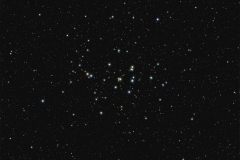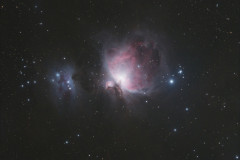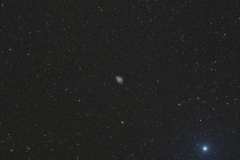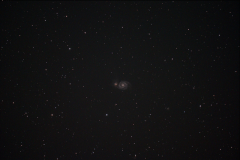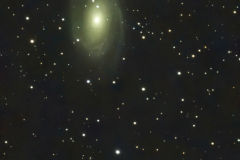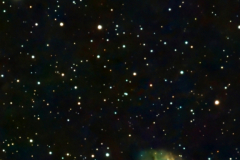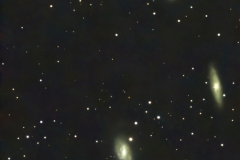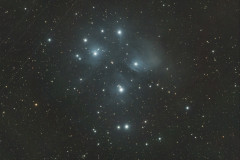Charles Messier was a French astronomer who lived from 1730 to 1817. His favorite pastime was searching for comets in the night sky. He was quite successful, discovering a total of 13 comets in his lifetime—an impressive number considering he used only a 4-inch refractor in downtown Paris.
While searching in vain for Halley’s Comet, which was expected to appear near the constellation Taurus, Messier came across an object he initially mistook for the comet. However, he soon realized that it did not move against the night sky as a comet would. He had, in fact, re-discovered the Crab Nebula—now known as M1—the first object he recorded in what would become his famous catalog. This discovery led him to compile a list of objects that could be mistaken for comets, helping other astronomers avoid similar confusion.
Today, the Messier Catalog contains 110 objects and is arguably the most well-known catalog among amateur astronomers. From the right latitude, it is possible to observe all 110 objects in a single night during late March—a challenge known as the Messier Marathon. While it is difficult to see all 110 objects in one night from Central New York, many of them can still be observed.
On Friday, March 21st, we held a Messier Marathon at Darling Hill to see how many Messier objects we could observe. We observed the objects both visually and captured them through imaging. Some might argue that using a go-to system for a Messier Marathon is “cheating,” but it still requires effort and planning. A true Messier Marathon demands staying up all night to track and observe each object. Unfortunately, as is typical in Central New York, the weather didn’t cooperate to complete a full marathon. The sky clouded out at 4:00 AM, preventing us from observing the last 25 or so objects on the list.
In the chartroom, Jeff Higgins and Andy Ross used a Celestron 11″ Edge HD for the marathon with Electronically Assisted Astronomy (EAA). They completed a mini-marathon, stopping when they had observed all available objects on the eastern side of the sky and had to wait for more to rise. Meanwhile, the 16″ Cave telescope was open and manned by Tony Krishock and Ray Dague for other members who attended the event.
On the North Lawn, Jess Leuschner, John Rush, and Joe Piston also participated in the marathon. Jess observed visually with a Celestron 4SE, while John used a William Optics FLT91 and Joe used a Seestar S50 to capture images. John, who had prepared the observation order, would pass the next target to Jess and Joe, who then moved their telescopes accordingly. They spent approximately five minutes on each target before moving to the next. Due to the cold, they moved inside around midnight. John continued the marathon from the chartroom until the clouds finally ended the attempt around 4:00 AM, just as Sagittarius was rising high enough to capture it’s many objects.
Despite the early end, the event was a great experience and enjoyable for all involved.

